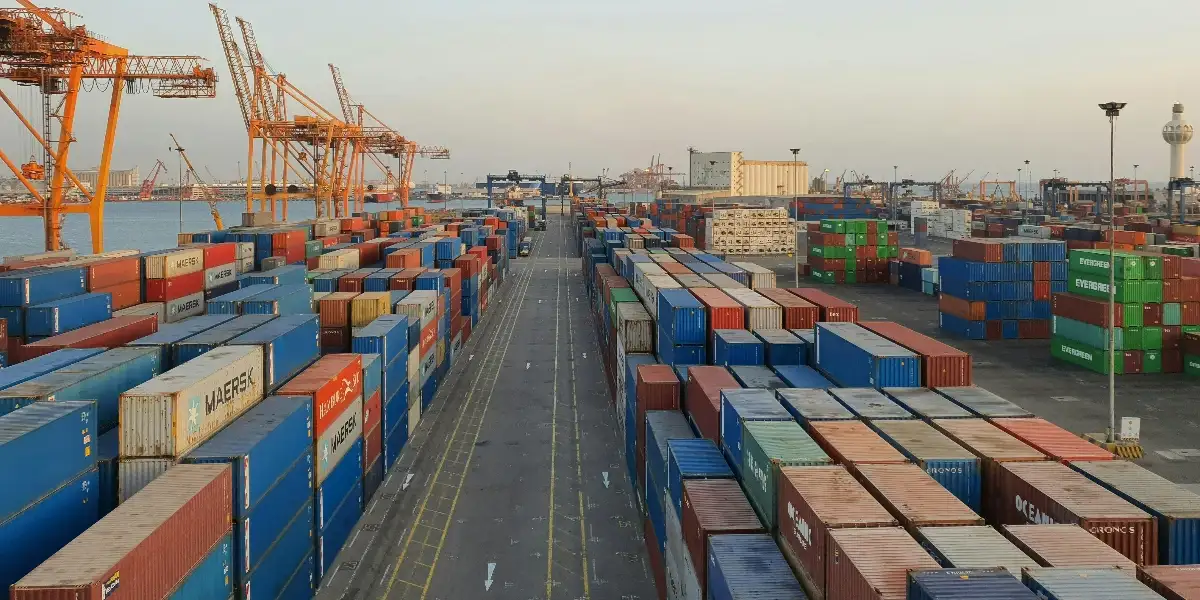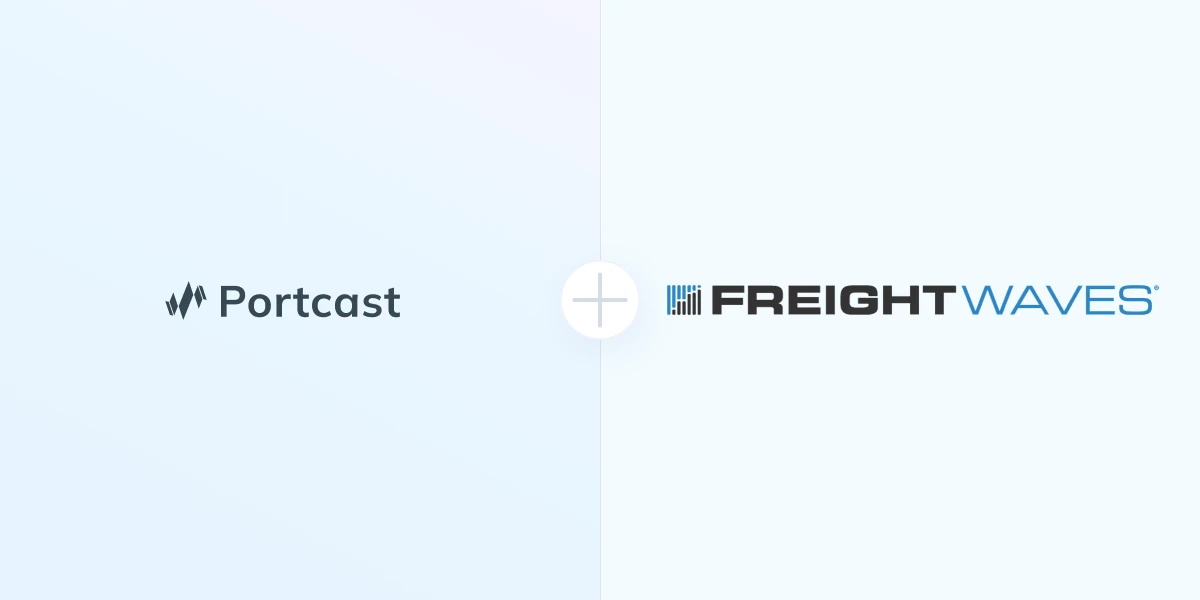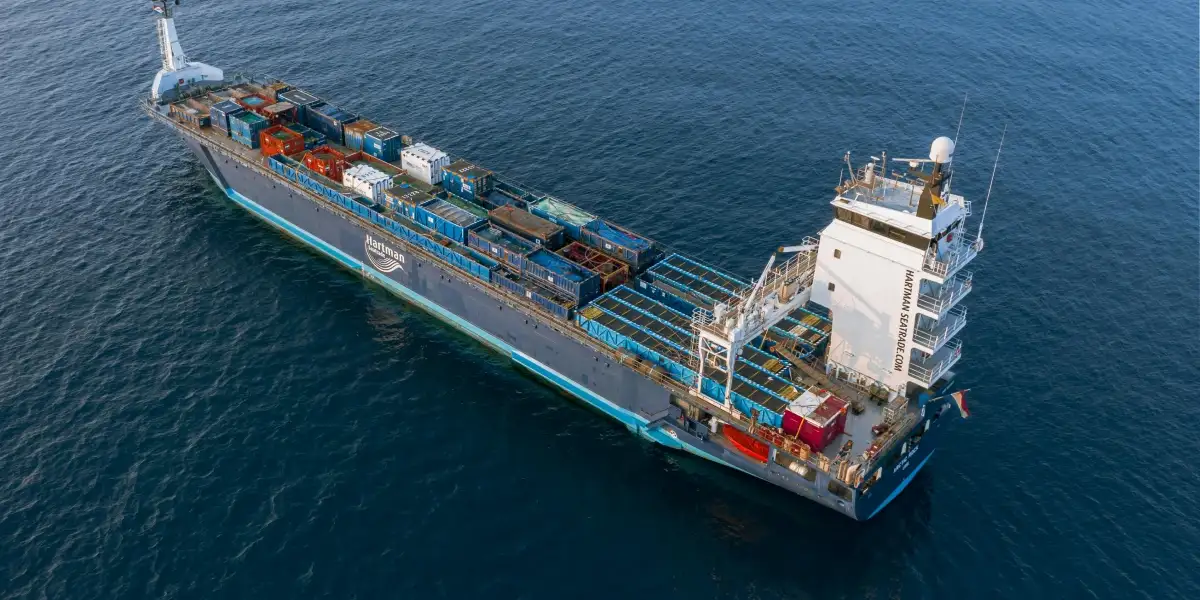Managing disruption risks in supply chains has always been a problem faced by many professionals in the industry. The Coronavirus (COVID-19) pandemic may prove to be the biggest disruption of all times in the industry.
While black swan events such as COVID-19 can never be predicted, effective mitigation can be the difference between survival or collapse through the downturn. Companies who are slow to respond will experience longer delays and greater losses from their supply chain processes as compared to their competitors.
Furthermore, many supply chain practices are still manual and static, such as solely relying on the carrier to estimate the arrival time of a vessel or making multiple calls to forecast demand. A global pandemic such as COVID-19 serves to worsen such inefficiencies, such as the 14-day quarantine of vessels in Chinese ports.
In this article, we will explore how predictive analytics is an effective mitigation solution for external disruption and how machine learning predictions help supply chains respond quickly.
Managing The COVID-19 Supply Chain Disruption Risk
Natural disasters, port congestion or strikes, schedule changes and missed transit links are a few factors that lead to changes in vessel or port arrival times. Based on data we have tracked, on average, a vessel’s schedule changes at least 2.5 times during a single voyage. And almost 48% of the container vessels were delayed by more than 12 hours in 2019.
The above factors show the limitation of relying solely on the carrier schedule or the AIS (Automatic Identification System) and the need for dynamic updates on vessel movement and proactive risk alerts.
Let’s now consider the impact of COVID-19 on vessel arrivals and the extent of disruption to supply chains.
Higher delays in vessel arrival seen due to COVID-19

*Arrival delays are calculated by taking the difference between the arrival time stated in carrier schedules and the actual arrival time of the vessel.
As seen statistically in the chart above, delay in arrival for vessels reaching the ports of Shanghai, Hong Kong and Busan increased significantly due to COVID-19. Most notably in this example, the schedule errors increased by 81.5% in the Hong Kong port.
A deviation of this magnitude will result in longer delays and significant costs incurred for shippers and freight forwarders. Ports are no exception.
Disruption seen in port congestion levels
Due to the COVID-19 pandemic, many countries imposed nationwide lockdowns to slow the spread of the virus. This reduced productivity in ports, with fewer active workers.
The port congestion is worsened by the arrival of incoming containers and ports having reduced capacity or container storage space to handle cargo that is still stuck.
Furthermore, retailers and manufacturers are delaying the pick up of their cargo due to worker shortages and warehouse closures. In the event that a worker infected with COVID-19 was found to be working, the company will face a hefty fine and therefore most manufacturers rather have workers stay home and delay cargo pick up.
This has caused port congestion levels to rise to unprecedented levels, with carriers deciding to skip certain ports due to the lack of yard space.

The increase in port congestion levels can be seen in Yantian port in China. Port congestion levels have increased by close to 3 times from February 2020 to April 2020. In comparison, the average monthly port congestion over the same time period last year increased by only 14%.
Therefore the rise in Yantian port congestion levels is likely due to the mass exports of essential goods from China to the rest of the world and not just due to fluctuations from Chinese New Year.
With access to predictions on port congestion levels, shippers and ports can proactively manage such disruptions.
By combining machine learning and data from multiple real-time sources, shipment delays are predicted and shippers can proactively manage disruptions to their supply chain, saving time and cost.
With dynamic updates on missed transits, rollovers, arrival notification and port congestion, shippers can make decisions proactively and avoid inefficient costs due to detention and demurrage, expedited freight and buffer stock.
Mitigating Weather Disruptions Risks To Your Supply Chain
Ocean freights commonly experience weather disruptions out in the sea. Occasionally, the weather disruptions can cause a significant delay to the vessel arrival.
On average, 48% of ships arrive more than 12 hours late. Combined with a big weather disruption such as a cyclone, the ship can be delayed by up to a few days, as illustrated in the example below.

As seen in the image above, a cyclone was headed towards the optimal route of the vessel. As a result, the vessel was predicted to reach the Hong Kong port on July 22 instead of July 20.
By having access to this information, the shipping line could have made adjustments dynamically and saved on time and cost.
Inconsistent Vessel Speed
Different vessels move at a different pace and carrier schedules do not take this factor into account. By using predictive analytics, vessels are tracked in real-time and the speed of the vessel is factored into the prediction of arrival times.

The screenshot above shows the different ports a vessel will pass through and its predicted arrival time at each port. In this particular scenario, we tracked that the speed of the vessel was close to zero when it was a few miles away from the Hong Kong port.
After receiving this input in real-time, we predicted that there would be a delay in the arrival time of this vessel at the Hong Kong port. In this case, the predicted arrival time for this vessel was 54.29% more accurate than the carrier schedule. This example illustrates predictions done at a granular level.
Differing carrier on-time reliability
From a macro perspective, shippers typically evaluated carriers based on cost and not on their on-time and transit time reliability. By using predictive analytics, shippers have this option now. Taking into account the historical performance of a service across specific routes based on the port of loading and discharge, shippers can assess services based on their reliability as well. Using predictive analytics, shippers have access to dynamic routing options in case of cargo stuck at transit or a congested port can enable a shipper to have better discussions with shipping lines and forwarders.
In the supply chain industry, we are continually faced with external disruptions and an uncertain environment. Predictive analytics can help you in managing disruption risks in supply chains. In addition, having access to accurate predictions gives your company an edge over your competitors.
Do you want to take your supply chain processes to the next level? Contact us for a free demo today!







